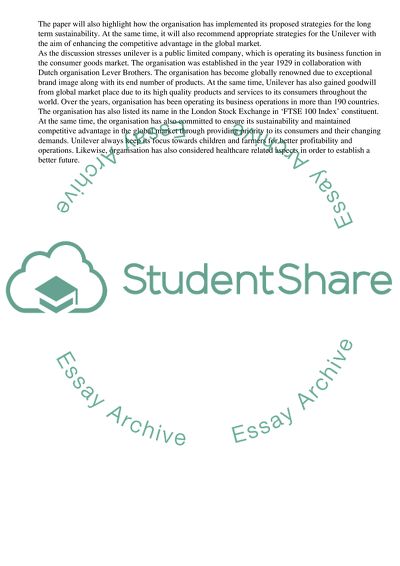Cite this document
(“Business Strategy Essay Example | Topics and Well Written Essays - 3750 words”, n.d.)
Retrieved from https://studentshare.org/business/1662209-business-strategy
Retrieved from https://studentshare.org/business/1662209-business-strategy
(Business Strategy Essay Example | Topics and Well Written Essays - 3750 Words)
https://studentshare.org/business/1662209-business-strategy.
https://studentshare.org/business/1662209-business-strategy.
“Business Strategy Essay Example | Topics and Well Written Essays - 3750 Words”, n.d. https://studentshare.org/business/1662209-business-strategy.


